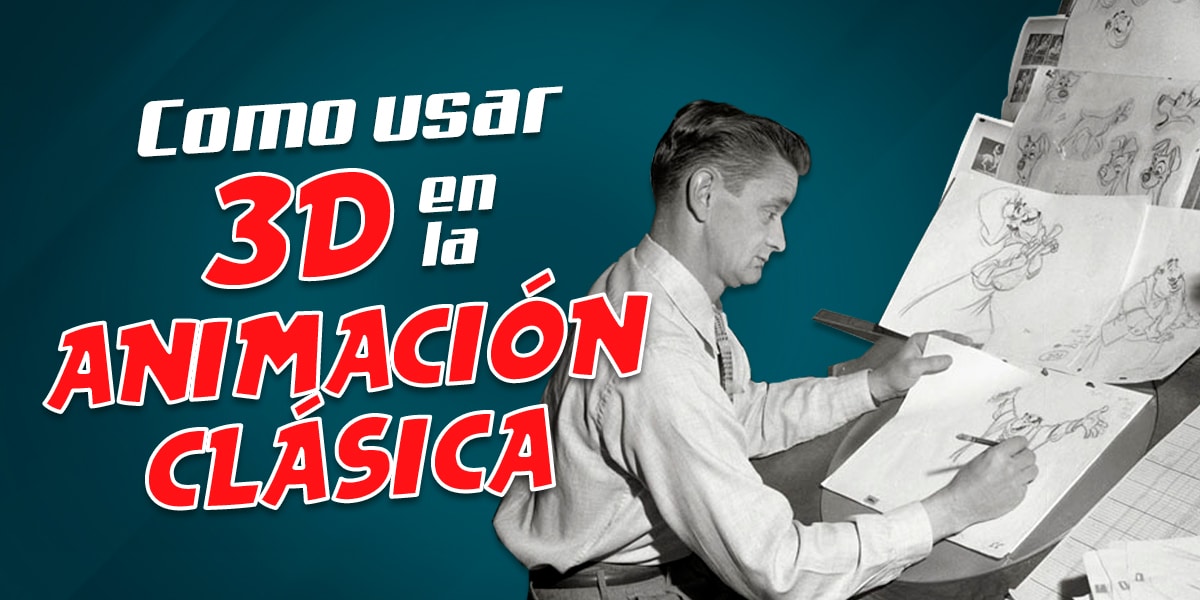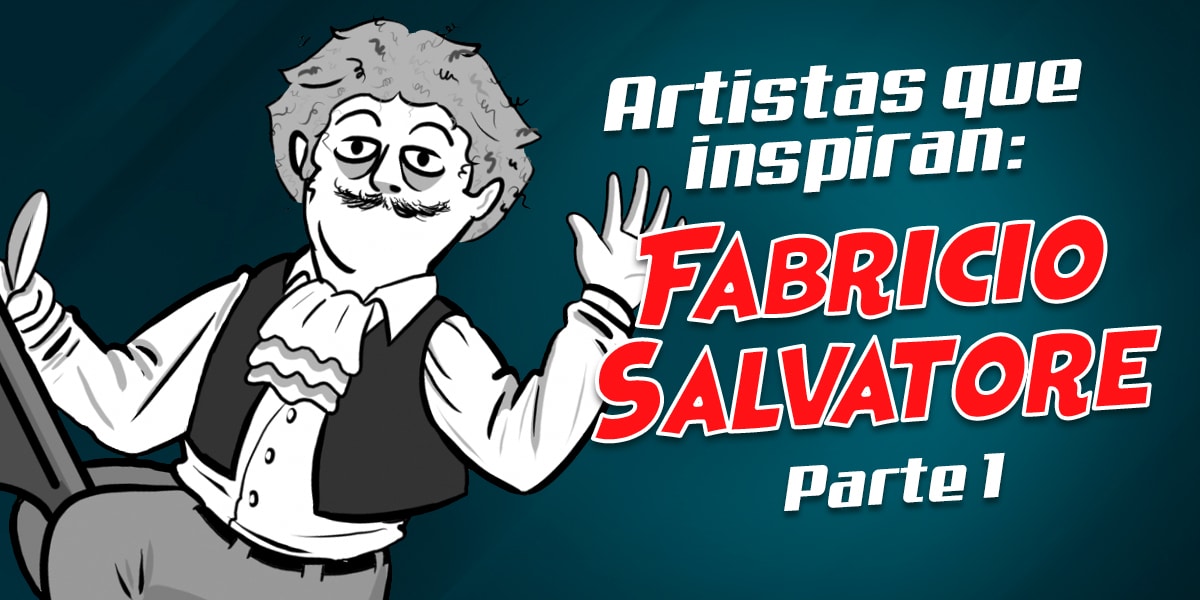LA TRIDIMENSIÓN EN LA ANIMACIÓN CLÁSICA: UN VIAJE AL CORAZÓN DE LA MAGIA VISUAL
¿Alguna vez te has preguntado cómo los animadores clásicos lograban crear mundos tan vívidos y tridimensionales en una pantalla plana? ¿Cómo conseguían que los personajes parecieran moverse con tanta fluidez y naturalidad? En este fascinante viaje al mundo de la animación clásica, desentrañaremos los secretos detrás de la tridimensionalidad, las famosas “filminas” y cómo estos elementos se conjugan para dar vida a las historias que tanto amamos.
Prepárate para sumergirte en un universo donde la creatividad y la técnica se dan la mano, donde cada fotograma es una obra de arte en sí misma, y donde la ilusión de profundidad y movimiento cobra vida ante nuestros ojos. Desde la magia de las filminas hasta los trucos para crear fondos con una profundidad asombrosa, este artículo te revelará los entresijos de un arte que ha cautivado a generaciones.
Ya seas un aspirante a animador, un artista curioso o simplemente un amante del cine de animación, te garantizamos que después de leer este post, nunca volverás a ver una película animada de la misma manera. ¡Prepárate para ver el mundo de la animación con nuevos ojos y descubre cómo llevar tus habilidades artísticas al siguiente nivel!
Por Martín Lietti
El Corazón de la Animación Clásica: Filminas y Movimiento
En el fascinante mundo de la animación clásica, existe un elemento mágico que separa esta disciplina de otras formas de arte visual: las filminas. Estas hojas transparentes son el lienzo invisible sobre el que los animadores crean la ilusión de vida y movimiento, permitiendo una flexibilidad y creatividad que otros medios simplemente no pueden igualar.
Imagina por un momento que eres un mago capaz de separar cada elemento de una escena en capas invisibles. Eso es exactamente lo que hacen las filminas en la animación. Permiten a los artistas dividir un personaje en partes móviles, separar figuras del fondo, e incluso descomponer escenarios complejos en elementos que pueden animarse de forma independiente. Esta técnica no solo ahorra un tiempo valioso, sino que también abre un mundo de posibilidades creativas.
Pensemos en un ejemplo concreto: un personaje moviendo su brazo. En lugar de redibujar todo el cuerpo en cada fotograma, el animador puede mantener el torso estático en una filmina base y animar solo el brazo en filminas superpuestas. Este método ingenioso permite una animación fluida y detallada sin la necesidad de recrear cada elemento en cada cuadro.
Sin embargo, como todo en el arte, este método tiene sus matices. Si bien facilita enormemente el proceso de animación, también puede llevar a una pérdida de dinamismo si no se maneja con cuidado. Los grandes maestros de la animación saben que incluso cuando se mueve solo una parte del cuerpo, el resto reacciona sutilmente para mantener el equilibrio y la naturalidad del movimiento.
Es aquí donde entra en juego la verdadera maestría del animador. ¿Quieres perfeccionar el arte de dar vida a tus personajes? Explora más aquí y descubre cómo los profesionales logran ese equilibrio perfecto entre eficiencia y expresividad en sus animaciones.
El Arte de la Profundidad: Separando Personajes y Fondos
Uno de los aspectos más fascinantes de la animación clásica es cómo logra crear la ilusión de profundidad en un medio bidimensional. Esta magia visual se consigue principalmente a través de la separación inteligente de personajes y fondos utilizando filminas.
Imagina una escena donde un personaje camina por un bosque. En la animación clásica, esta escena se construiría en capas: el fondo del bosque estaría en una filmina base, mientras que el personaje se animaría en filminas separadas superpuestas. Esta técnica no solo permite animar al personaje de manera independiente, sino que también crea una sensación de profundidad y espacio tridimensional.
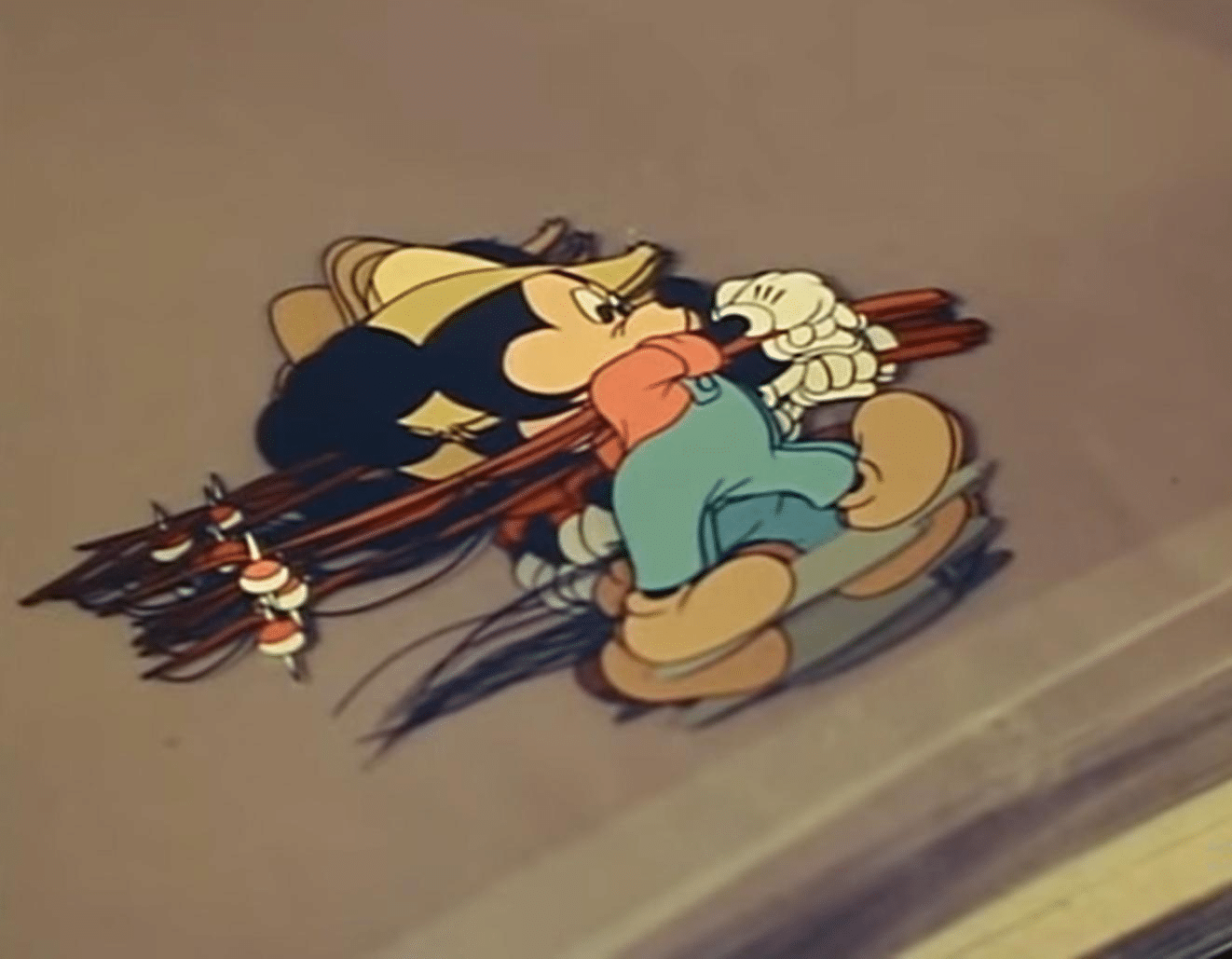
Varios fotogramas de un mismo personaje caminando.
Pero la magia no se detiene ahí. Los animadores expertos van un paso más allá, creando fondos panorámicos más grandes que el encuadre de la pantalla. Esto permite que la cámara “se mueva” a través del escenario, siguiendo al personaje y creando una sensación de espacio mucho más amplia y dinámica.
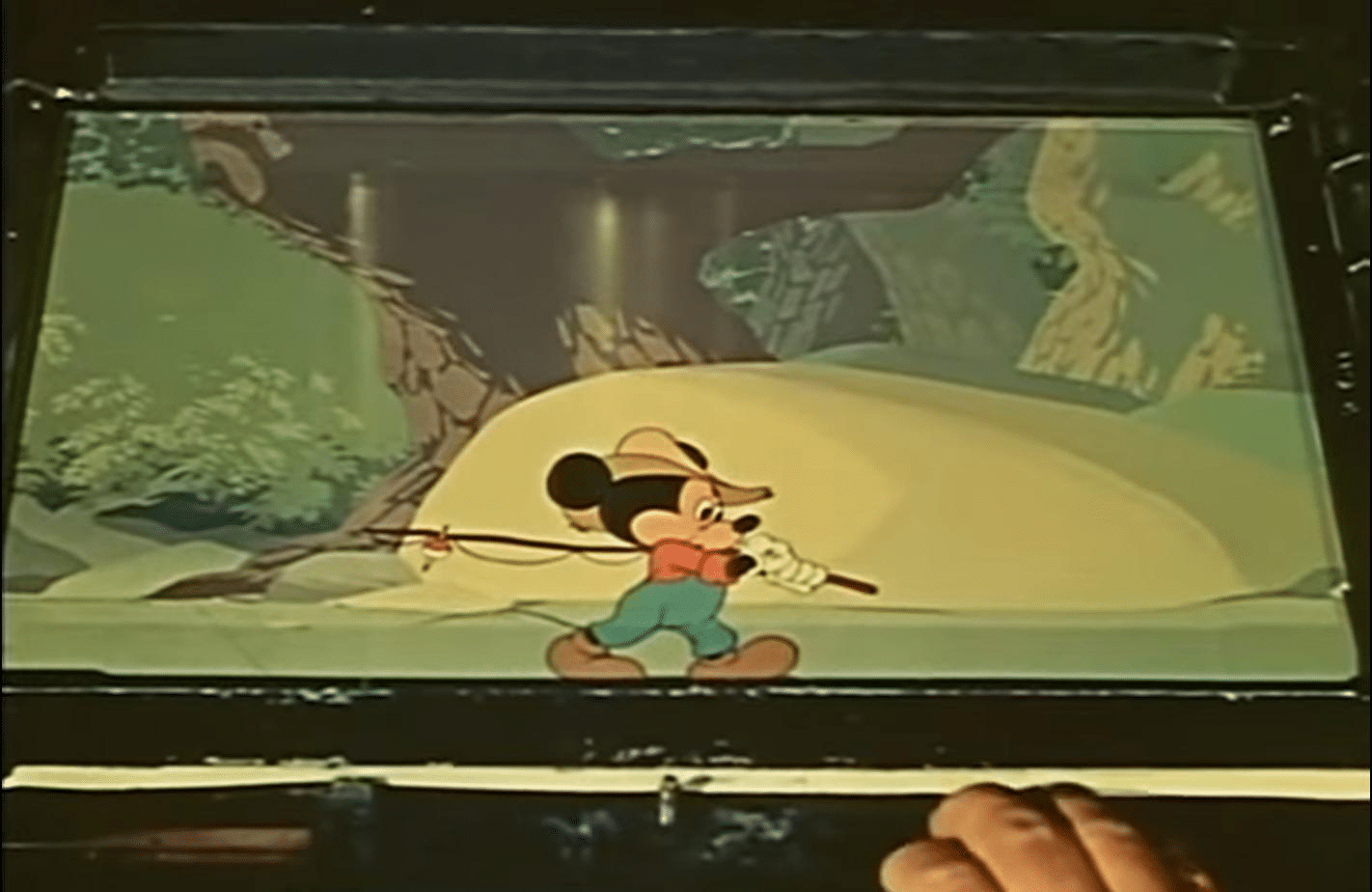
Personaje sobre el fondo.
La verdadera maestría se revela cuando los animadores juegan con la profundidad de campo. Imagina a nuestro personaje caminando por el bosque, pasando por delante de algunos árboles y por detrás de otros. Cada uno de estos elementos estaría en su propia filmina, permitiendo una interacción compleja y realista entre el personaje y su entorno.
Esta técnica de separación en capas no solo se aplica a los personajes y objetos estáticos. Los elementos del fondo que requieren movimiento, como una rama que cae o un arroyo que fluye, también se animan en filminas separadas. Esto añade vida y dinamismo a la escena, creando un mundo que parece respirar y moverse por sí mismo.
¿Listo para llevar tus habilidades de dibujo al siguiente nivel? Haz clic aquí y descubre cómo los profesionales crean fondos y personajes que parecen cobrar vida en la pantalla.
El Truco de la Profundidad: Filminas y Movimiento de Cámara
Uno de los aspectos más fascinantes de la animación clásica es cómo logra crear la ilusión de profundidad y movimiento tridimensional en un medio inherentemente plano. Este efecto se logra mediante el uso inteligente de filminas y técnicas de movimiento de cámara que engañan al ojo y crean una experiencia visual rica y envolvente.
Imagina que estás viendo una escena donde la cámara se adentra en un bosque profundo. Si todos los elementos del bosque se movieran a la misma velocidad, el efecto sería plano y poco convincente. Aquí es donde entra en juego la magia de las filminas y el movimiento diferencial.
Los animadores dividen la escena en varias capas de profundidad, cada una en su propia filmina:
- El fondo lejano: montañas, cielo, nubes – se mueve muy lentamente o permanece estático.
- La capa intermedia: árboles y arbustos a media distancia – se mueve a velocidad moderada.
- El primer plano: hojas, ramas y elementos cercanos a la “cámara” – se mueve rápidamente.
Al mover estas capas a diferentes velocidades, se crea una ilusión convincente de profundidad y movimiento tridimensional. Este efecto, conocido como “parallax”, imita la forma en que percibimos el movimiento en el mundo real.
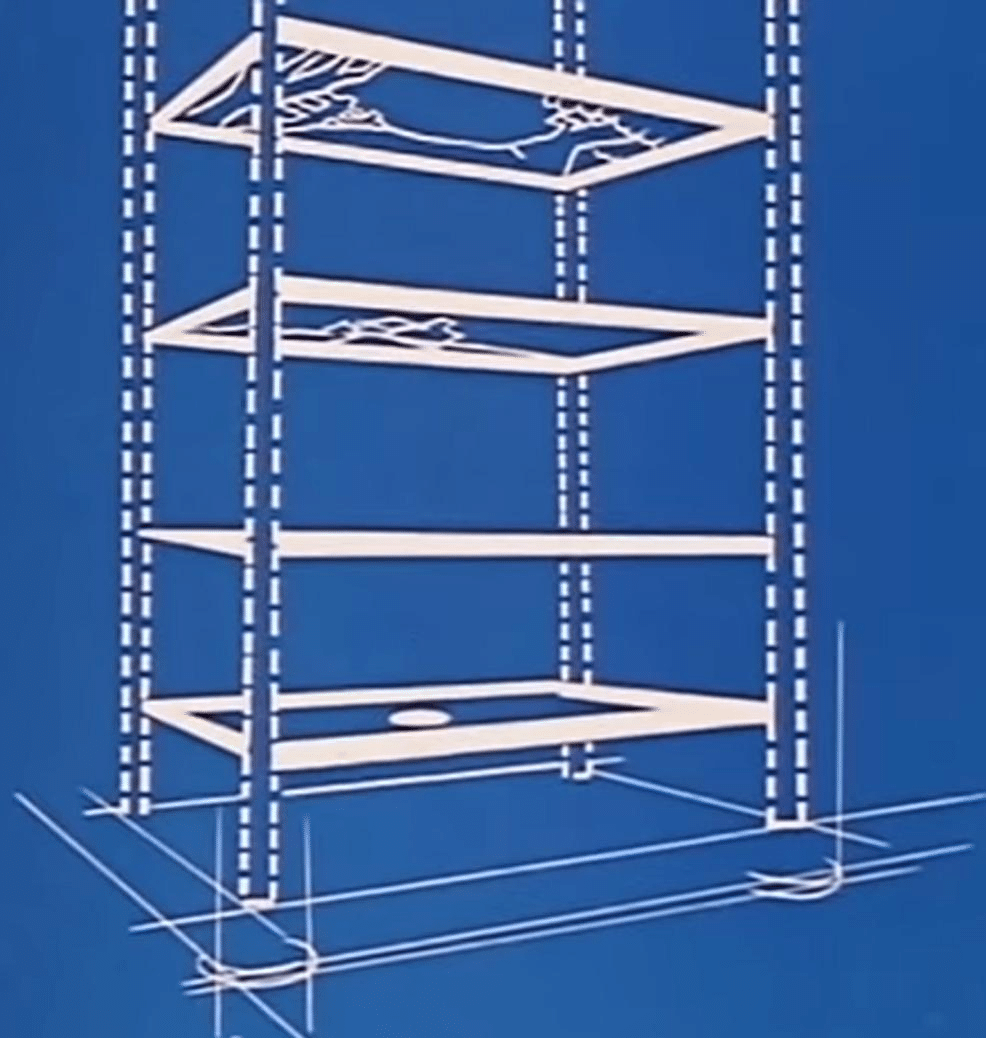
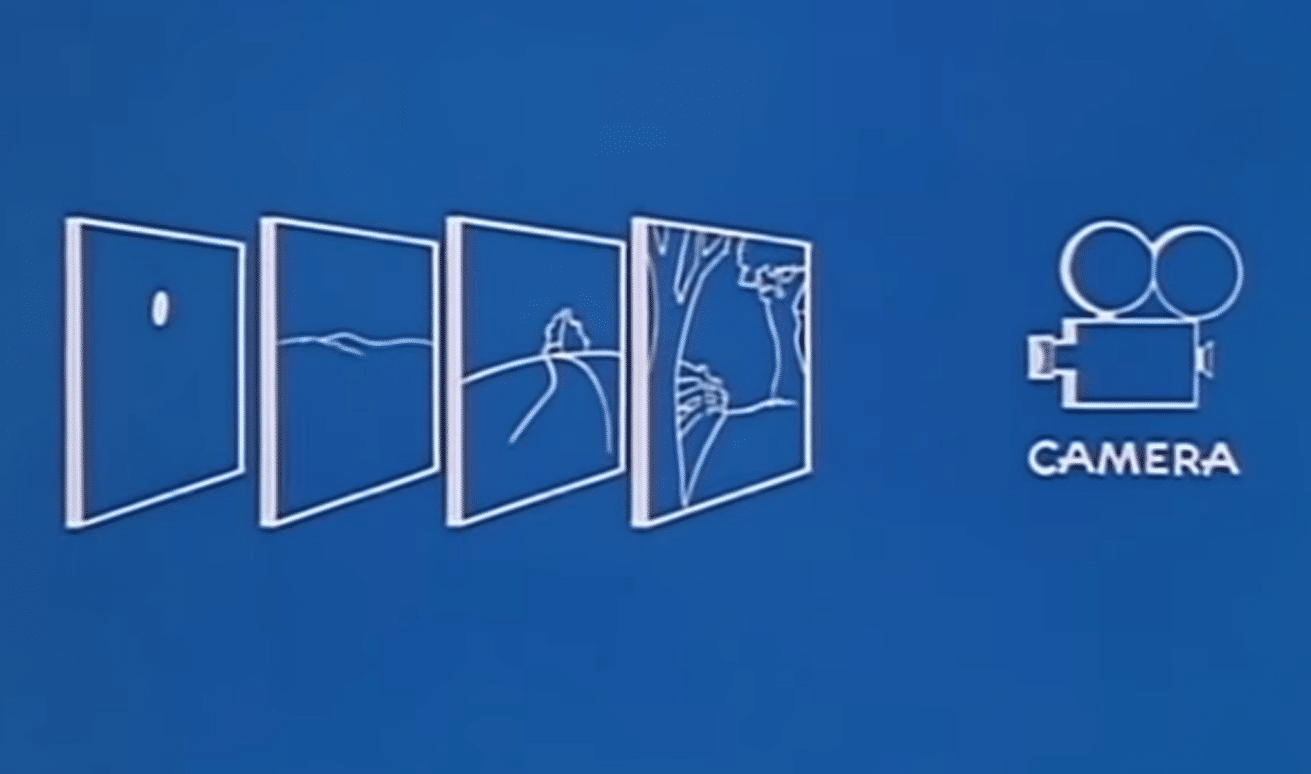
Filminas separadas según su distancia y movimiento ante la cámara.
Este principio se basa en nuestra experiencia cotidiana. Piensa en la última vez que viajaste en coche: los objetos cercanos a la carretera parecían pasar volando, mientras que las montañas en el horizonte apenas parecían moverse. Los animadores replican este fenómeno para crear escenas que no solo se ven tridimensionales, sino que se sienten vivas y dinámicas.
La belleza de esta técnica radica en su versatilidad. Se puede aplicar a una amplia gama de escenas, desde paisajes naturales hasta entornos urbanos complejos. Incluso en la era digital, estos principios siguen siendo fundamentales para crear animaciones convincentes y atractivas.
¿Ansioso por dominar estas técnicas y llevar tus ilustraciones al siguiente nivel? Ingresa aquí para descubrir más sobre cómo los profesionales crean mundos tridimensionales cautivadores en sus animaciones e ilustraciones.
De lo Clásico a lo Digital: La Evolución de las Técnicas de Animación
La animación, como cualquier forma de arte, ha evolucionado con el tiempo, adaptándose a las nuevas tecnologías sin perder la esencia que la hace especial. Las técnicas clásicas que hemos explorado no han quedado relegadas al pasado; por el contrario, han sido la base sobre la que se ha construido la animación digital moderna.
En la actualidad, los principios de las filminas y la separación de capas se han trasladado al mundo digital en forma de software de animación y edición. Las “capas” en programas como Adobe Photoshop o After Effects son los descendientes directos de las filminas físicas. Esta evolución ha permitido a los animadores mantener la flexibilidad y creatividad de las técnicas clásicas, al tiempo que aprovechan la potencia y precisión de las herramientas digitales.
Pero la influencia de estas técnicas va más allá de la animación. Los ilustradores y artistas digitales también se benefician enormemente de estos principios. La capacidad de trabajar en capas separadas, ajustar la composición y la profundidad, y experimentar con diferentes elementos de forma independiente, son habilidades invaluables en el mundo del arte digital.
¿Listo para explorar cómo estas técnicas clásicas pueden revolucionar tu arte digital? Descubre más aquí y lleva tus ilustraciones al siguiente nivel.
Imagina que estás creando una ilustración de un personaje en un paisaje urbano. Aplicando los principios que hemos discutido, podrías:
- Separar el fondo, los edificios intermedios y los elementos del primer plano en diferentes capas.
- Ajustar la perspectiva y la escala de cada elemento para crear una sensación de profundidad.
- Experimentar con diferentes posiciones para tu personaje sin tener que redibujar todo el fondo.
- Añadir efectos atmosféricos como niebla o lluvia en capas separadas para aumentar la profundidad y el ambiente.
Estos principios no solo mejoran la calidad técnica de tu trabajo, sino que también estimulan tu creatividad. Te permiten explorar diferentes composiciones y efectos con facilidad, liberando tu imaginación para crear obras más dinámicas y expresivas.
Observación y Aprendizaje: El Ojo Crítico del Artista
Una de las habilidades más valiosas que puedes desarrollar como artista es la capacidad de observar y analizar críticamente el trabajo de otros. Cada vez que veas una película o serie animada, tienes ante ti una oportunidad de aprendizaje invaluable.
La próxima vez que te sientes a disfrutar de tu animación favorita, intenta ver más allá de la historia y los personajes. Presta atención a cómo se crean los efectos de profundidad, cómo se mueven los personajes en relación con el fondo, y cómo se utilizan diferentes velocidades de movimiento para crear la ilusión de un espacio tridimensional.
Algunos elementos específicos que puedes buscar incluyen:
- Cómo se separan los personajes del fondo.
- La forma en que los objetos en primer plano se mueven más rápido que los del fondo durante los movimientos de cámara.
- Cómo se utilizan las sombras y la iluminación para aumentar la sensación de profundidad.
- La manera en que los personajes interactúan con diferentes elementos del escenario, pasando por delante o detrás de objetos.
Este tipo de observación activa no solo mejorará tu comprensión técnica, sino que también alimentará tu creatividad. Comenzarás a ver posibilidades que antes no habías considerado y a imaginar nuevas formas de aplicar estas técnicas en tu propio trabajo.
¿Quieres llevar tu observación y análisis al siguiente nivel? Haz clic aquí para descubrir herramientas y técnicas que te ayudarán a desarrollar un ojo crítico y mejorar tus habilidades artísticas.
Sin embargo, es importante mantener un equilibrio. Mientras que el análisis técnico es valioso, no dejes que eclipse el disfrute puro de la animación. La magia del cine animado radica en su capacidad para transportarnos a otros mundos y hacernos creer en lo imposible. A veces, es igualmente importante dejarse llevar por la historia y permitir que la ilusión nos envuelva completamente.
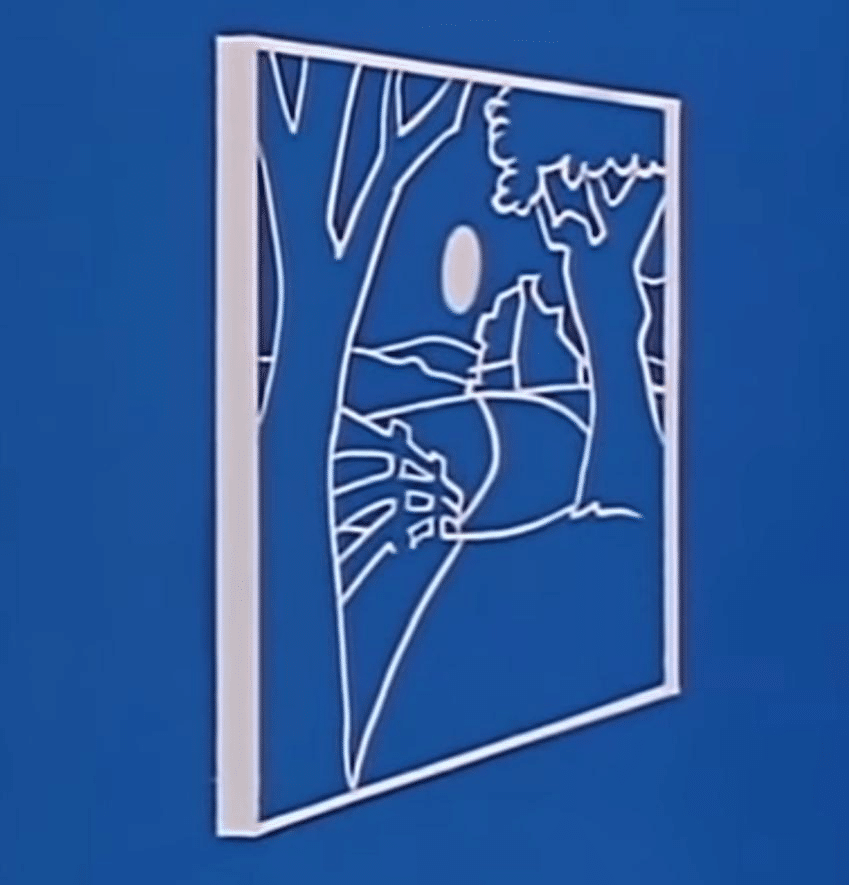
Fondo completo como se verá en la pantalla.
Conclusión: El Arte de Crear Mundos
A lo largo de este viaje por el fascinante mundo de la tridimensión en la animación clásica, hemos descubierto los secretos detrás de la magia que ha cautivado a generaciones de espectadores. Desde las ingeniosas filminas hasta las técnicas de movimiento diferencial, hemos visto cómo los animadores crean mundos tridimensionales en un medio bidimensional.
Estas técnicas no son solo reliquias del pasado, sino herramientas vivas que continúan evolucionando y adaptándose a la era digital. Ya sea que estés creando animaciones tradicionales, trabajando en ilustraciones digitales o simplemente apreciando el arte de la animación, los principios que hemos explorado son fundamentales para comprender y crear profundidad visual.
Recuerda, cada vez que observes una animación o crees tu propia obra de arte, estás participando en una tradición rica y en constante evolución. La próxima vez que tomes un lápiz o abras tu software de dibujo favorito, piensa en cómo puedes aplicar estos principios para dar vida a tus ideas y crear mundos que cautiven la imaginación de tu audiencia.
¿Listo para dar el siguiente paso en tu viaje artístico? Descubre aquí cómo puedes perfeccionar tus habilidades y llevar tus creaciones al siguiente nivel.
La tridimensión en la animación clásica es más que una técnica; es un arte que combina habilidad técnica, visión creativa y una profunda comprensión de cómo percibimos el mundo. Al dominar estos principios, no solo mejorarás tu trabajo artístico, sino que también ganarás una nueva apreciación por el arte que te rodea.
Así que la próxima vez que te sientes a ver tu película de animación favorita, o cuando te encuentres frente a un lienzo en blanco, recuerda el poder de la profundidad, el movimiento y la ilusión. Tienes en tus manos las herramientas para crear mundos enteros. ¿Qué historia contarás? ¿Qué mundo crearás?
El viaje del artista nunca termina. Cada dibujo, cada animación, cada obra de arte es un paso más en un camino de descubrimiento y crecimiento continuo. Así que sigue explorando, sigue creando y, sobre todo, sigue soñando en tres dimensiones.
Fuente: https://www.youtube.com/watch?v=YdHTlUGN1zw

